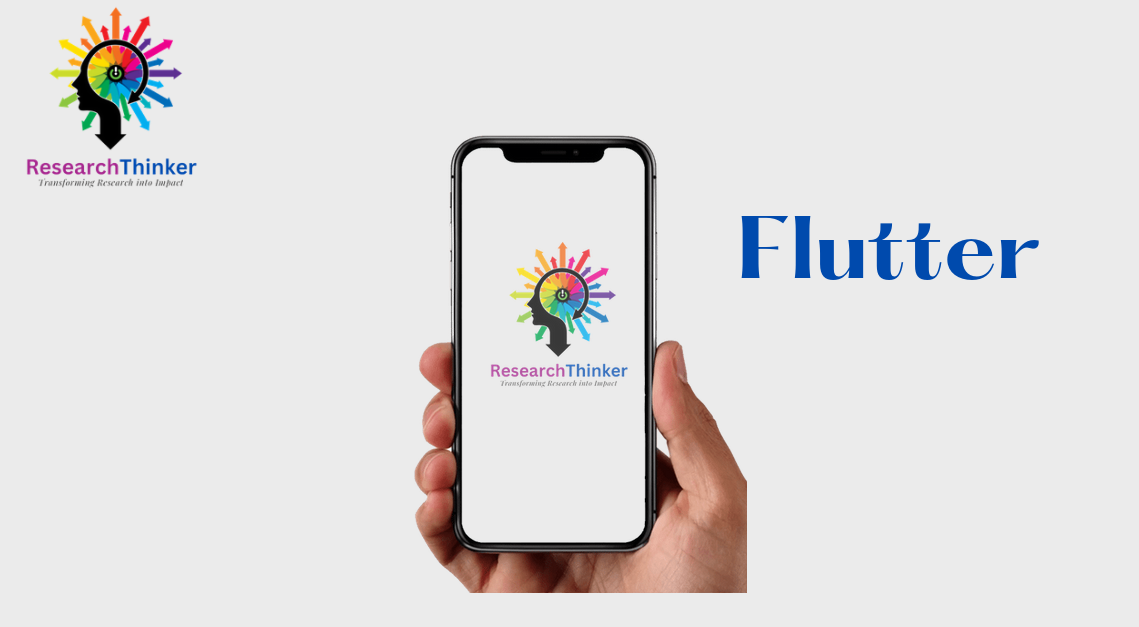- Definition of Digital Twins: Digital twins are virtual representations of physical objects or systems. They mimic real-world entities, enabling the monitoring, analysis, and manipulation of data to understand their behaviour, performance, and potential improvements.
- Diverse Applications: Digital twins find applications across industries, from manufacturing and healthcare to urban planning and beyond. They are used to model of anything from individual machinery components to entire cities, optimising operations and decision-making.
- Enhanced Data Collection and Analysis: They facilitate real-time data collection through sensors embedded in physical objects, generating a wealth of information. Analysing this data aids in predicting maintenance needs, optimising performance, and identifying potential issues before they occur.
- IoT and Connectivity: Digital twins thrive in the Internet of Things (IoT) ecosystem, leveraging connectivity to gather and transmit data. This connectivity allows the integration with other technologies and systems.
- Predictive Capabilities: By combining historical data with real-time insights, digital twins enable predictive analytics.
- Simulation and Testing: Industries use digital twins for simulations and testing scenarios without impacting physical assets. This capability helps in refining designs, predicting outcomes, and experimenting with various parameters to optimise performance.
- Improved Efficiency and Innovation: Businesses leverage digital twins to enhance operational efficiency, reduce downtime, and drive innovation. The ability to experiment virtually before implementing changes in the physical world leads to cost savings and faster development cycles.
- Challenges and Security Concerns: While digital twins offer immense benefits, they also present challenges. Security concerns regarding data privacy, cyber threats, and the integration of complex systems remain critical considerations for their widespread adoption.
- Integration with Artificial Intelligence (AI) and Machine Learning (ML): The synergy between digital twins and AI/ML technologies amplifies their capabilities. AI algorithms analyse vast datasets from digital twins to uncover patterns.
- Future Growth and Potential: As technology advances, the scope and potential of digital twins will continue to expand. Innovations such as edge computing, quantum computing, and advancements in AI will further enhance their capabilities, opening new frontiers of possibilities.
10 things to know about Digital twin
 digital twin by researchthinker
digital twin by researchthinker




